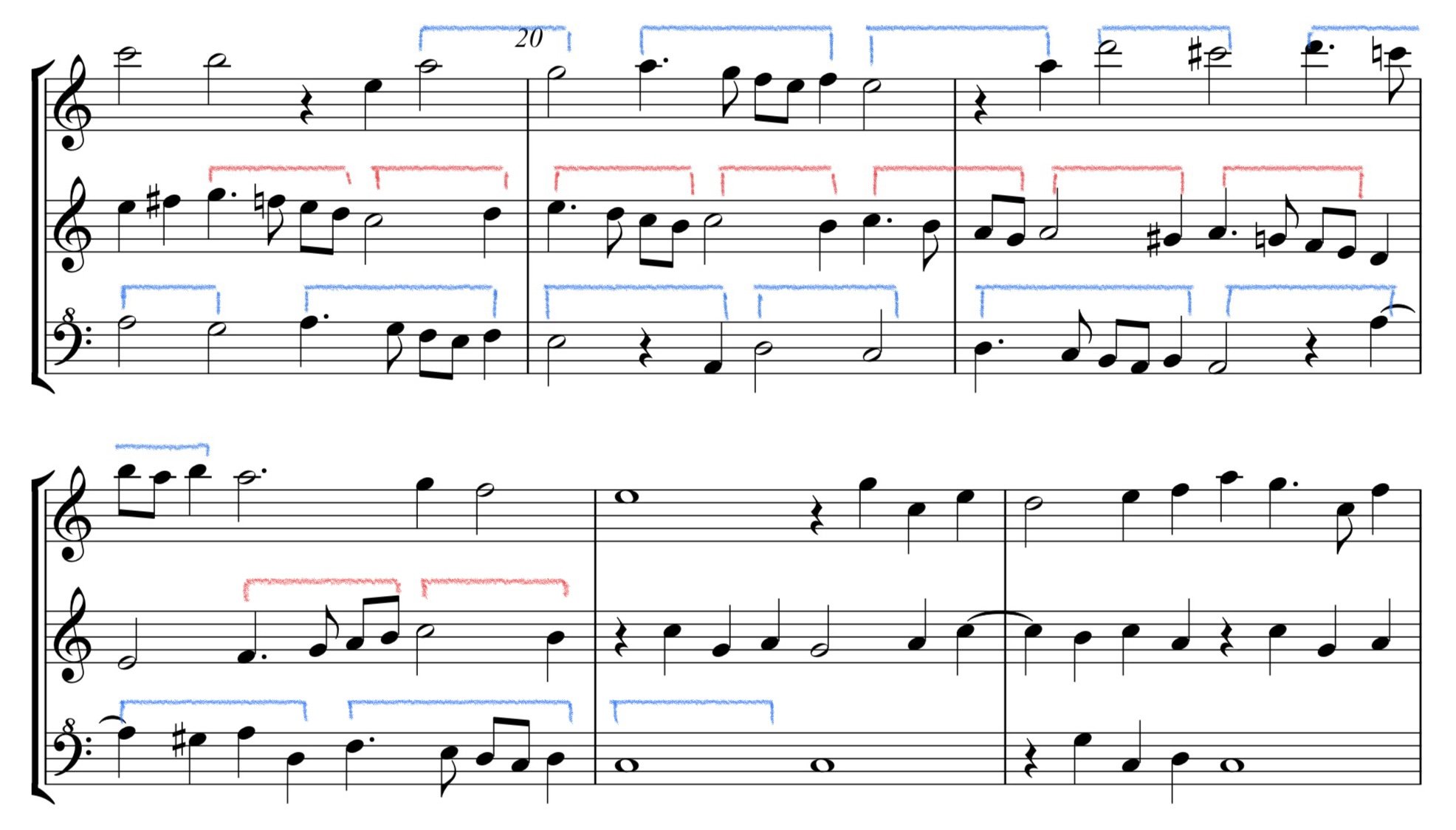I don’t know about you, but the idea of commemorating the year a composer died has always seemed an odd one to me - surely the year of their birth would be a greater reason for celebration? That said, I guess noting both dates gives us two excuses to mark the existence of the greatest composers so maybe I shouldn’t quibble!
William Byrd
This year marks the 400th anniversary of the death of two noteworthy Renaissance composers - William Byrd and Thomas Weelkes. The two composers may have died in the same year, but they hailed from different generations and lived very disparate lives. Byrd (born around 1540) remained a devout Catholic throughout his life (despite working for a Protestant monarch who banned catholicism) and lived for more than eighty years. Weelkes, on the other hand was a notorious drinker, named as the most disorderly member of staff at Chichester Cathedral. This came to a head in 1617 when he was dismissed as organist and choirmaster for ‘drunkenness and outrageous blaspheming’. No doubt his baudy lifestyle took its toll and he died in November 1623 at the tender age of 47. I recently shared a beautiful choral work by Weelkes which was performed at the Coronation of King Charles III and his music is absolutely worthy of further exploration.
Of course today William Byrd is undoubtedly the more highly admired composer and it’s his music we’ll explore in this edition of the Score Lines blog. Byrd composed a vast array of both sacred and secular music for voices, but it’s his music for viol consort which is perhaps most often borrowed by recorder players. Compared to his choral output, the viol consorts are few in number, but exquisite in quality. When you begin studying the Fantasias you quickly realise there’s barely a superfluous note among them and he’s a master at developing simple themes into glorious polyphonic writing.
I’ve selected my favourite pieces from Byrd’s consort output to share with you and have found some beautiful recordings for you to explore - some played on recorders, others performed as Byrd intended on viols.
Fantasia I à 4
The first of Byrd’s four part Fantasias is an exquisite example of how to weave something magical from simple ingredients. Starting with a rising scale he explores its possibilities, combining the voices together in different ways before inverting the idea and falling again. Don’t be misled by this apparent simplicity though - after lulling the players into a sense of calm he introduces some wonderfully funky syncopated rhythms which will give any musician pause for thought! The Amsterdam Loeki Stardust Quartet create a wonderfully sonorous effect with their low consort of recorders, making the whole thing sound effortless.
If you’d like to try playing this for yourself I shared it as one of my Consort Videos back in January 2021 and you can find both the music and video here.
Fantasia II à 6
This was the piece which really won me over to Byrd’s music - until we played it with the Hampshire Recorder Sinfonia I’d always found his music rather dry. Playing it with an orchestra of larger recorders (treble down to contrabass) the sound was enticing and I quickly realised this was far from being starchy consort music. In reality this Fantasia is packed with dance rhythms and even squeezes a snippet of Greensleeves in for good measure.
The bFIVE Recorder Consort capture the many characters of Byrd in their performance and you really get an understanding of the complex nature of his rhythms.
https://youtu.be/63KfutdJA3c INSERT VIDEO BLOCK
Fantasia III a 6
Compared to the previous piece, Byrd’s third six voice Fantasia is initially darker and more mellifluous. This time he begins with a simple falling arpeggio pattern and in the passage that follows you’ll hear a smattering of false relations. These are places where minor scales rise and fall simultaneously, creating direct clashes between sharp and natural versions of the same note. It’s a particular feature of English music from this period (you’ll find them in the music of Tallis and later in Purcell too) and adds a piquancy to the harmonies. Eventually the sonorous sound world gives way to a series of rustic dances and this wonderful recording by the Phantasm viol consort brings a real sense of joy and energy to them.
Phantasm - viols https://youtu.be/o-dbgl8ZZ8U
Fantasia II à 3
Byrd’s three part Fantasias may not share the lush texture of their larger scale counterparts, but they’re just as skilfully crafted. In the space of just two minutes Byrd whittles out no fewer than five musical ideas, playing endlessly with the rhythms. At a one point Byrd has one voice playing triple time rhythms while the others remain doggedly in duple time, yet it still feels like a coherent whole. In the extract below you can see the triple rhythms marked with red brackets, while the blue brackets show the duple rhythms which run in parallel.
Piffaro
The three part Fantasias are a great place to start if you’re new to Byrd’s consort music, with a more minimalist style and fewer rhythmic complexities. Subscribers to my Score Lines newsletter will find all three in your Members Area. If you’re not a subscriber and would like access to these and lots of other exclusive resources you can join, free of charge, here.
Pavan and Galliard à 6
Byrd composed many Pavans and Galliards for keyboard, but there’s one lone pairing for viol sextet. In typical Byrd fashion, this is anything but a straightforward example of these dance forms. He shoehorns triple rhythms against the duple meter of the Pavan, while the Galliard is an endless conversation between the two highest voices.
Fretwork
Browning - The Leaves be Green
Perhaps the ultimate example of Byrd’s consort writing is his set of variations on Browning, a song popular during his lifetime. I’ve written a whole blog post about the different ways composers have used this theme in their writing, but I couldn’t resist the opportunity to share it again. The music may be based on an eight bar melody, but Byrd creatively weaves his magic, leading the musicians in ever decreasing circles and increasingly complex cross rhythms.
If you fancy playing Browning in the comfort of your own home you’ll find the music and a Consort Video of it here. You’re welcome to use it with friends, but if you prefer you can always dip your toes into these syncopated waters with my video, safe in the knowledge I won’t hear any mistakes you may make!
To complete my exploration of Byrd’s consort music we have a fabulous live performance by The Royal Wind Music, played on a double consort of four and eight foot pitch recorders.
Have I whetted your appetite to explore more of Byrd’s consort music? Or maybe you’re already a fan? I’d love to know which of his works are on your desert island list - perhaps your favourite is one I haven’t shared here? Do leave a comment below to share your favourite music and recordings.

